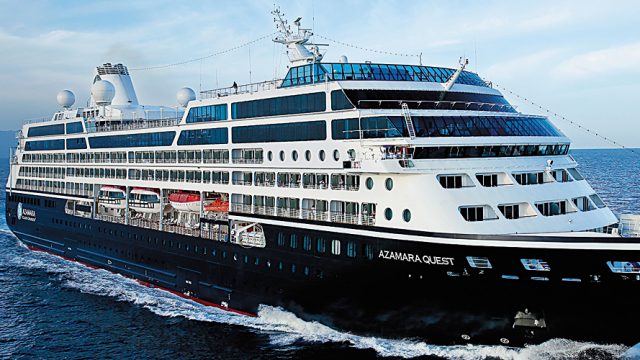And the prize for spotting the first iceberg, a bottle of wine, goes to Maria,” announced Captain
The ship had left Ushuaia, a quaint city and important port in the Argentinian province of Tierra del Fuego, literally the southernmost city of the world, on March 15, 2015, with 84 tourists from around the world, an expert scientific team of five led by Anna Sutcliff to educate and guide us during the 11-day expedition, and a cheerful team of 20 crew members.
We were excitedly waiting in the gangway for our first zodiac boat landing on Aitcho island, a small rocky ledge hosting a large rookery of gentoo penguins. A large group of gentoo chicks greeted us with loud squawks, calling their parents for food—part-digested krill balls that the adults brought from the sea, routinely making a hazardous journey, fraught with the danger of being attacked by leopard seals and orcas. We sometimes mistook them for dolphins as they broke the surface of the sea, jumping to confuse predators. The babies were a funny lot, about two months old, greyish in colour, and in various stages of moulting. They were practicing walking on the ice without slipping, learning to build nests with the choicest pebbles, eating water in the form of snow and, most importantly, learning to swim. This they did only in short spells, since they lacked the thick blubber of fully-grown penguins, which insulates them from the cold water.
Antarctica, or Antardida—as it is called in Spanish—is the coldest, driest and windiest of all continents with the highest average altitude due to an accumulation of snow that makes up more than 90 percent of the potable water budget of the world. Till the nineteenth century, whales, seals and penguins had been systematically butchered here to near extinction for oil, blubber, skin and meat. Scientific expeditions began only in the early twentieth century, following the pioneering travels of Robert Falcon Scott, Roald Amundsen and Sir Ernest Shackleton. The Antarctic Treaty of 1959 stipulated that the continent’s resources could only be used for scientific research and, finally, all kind of hunting was banned.
Each morning we were woken up by Anna who urged us to leave the comfort of warm beds and go out to the still dark and chilly open deck to view the sunrise as the surrounding snow peaks turned golden. Tranquil humpback whales swam past us in Paradise Bay, making their long migration north, as far as Australia and beyond. Once, a peaceful crabeater seal pair got a good look at us from their private ice floe. These seal couples spend most of their lives floating on ice and come ashore only to mate and give birth. Another day, we were on Winter Island confronting a large group of Antarctic fur seals. The juvenile males were quite aggressive and Anna warned us not to venture too close to them. The chinstrap penguin colony members were charming as usual. The parents gurgled out the warm meal directly into the mouths of the chicks but only after a long chase moving towards the water in order to teach them that the food comes from the sea and only the persevering will get it. The young ones were pretty inquisitive and came close to inspect us and even pecked at our clothes.
On the way to Half Moon Island, our navigator Antonio brought us close to a commotion where a couple of leopard seals, the top predators of the Antarctic waters—next only to the orcas—had hunted down a penguin. The place was full of expectant kelp gulls, petrels and skuas, all eager to pick up titbits. On the shore rested an elephant seal, significantly larger than the fur seals jostling around him. A white, hen-like bird, the snowy sheathbill, the only landlubber among all the avian species here, was looking for morsels amongst rocks covered by reddish-brown lichen. Next on our agenda was visiting Vernadsky Base on the Antarctic mainland (which, at latitude 66°S, was the farthest south we went), a Ukrainian research camp where scientists stayed all round the year. A big weddel seal was wallowing in the snow. It’s the only animal, apart from emperor penguin, that remains in Antarctica through the bleak winter. We passed a colony of elegant blue-eyed shag aka imperial cormorants with blue ringed eyes that nested on the rocky cliffs near the shore. In Foyen Harbour we moved close to the wreck of a Norwegian whaling ship, destroyed by fire decades ago, that had become the roosting place of hundreds of antarctic terns, beautiful white birds with large wings.
Next day on the log was an open air swim for the bravehearts. We were going to Deception Island, which sits on a dormant volcano that last erupted in the late 1960s. The eruption had filled the caldera with sea water, creating a perfect heated swimming pool of about 2°C. At midday the island began to warm up with water vapour oozing out from below our feet. On cue many of the intrepid members of our team donned their trunks and ran into the water, only to return as quickly as they went in, for a shivering photo session. On returning to the ship we were greeted by the smell of asado, a traditional Argentinian barbeque of beef, mutton, cottage cheese, bread and vegetables.
The tour de force was saved for the grand finale—a visit to Paradise Bay, cruising through its famous Iceberg Alley. The giant icebergs creating a crystal palace two to three stories high, complete with pillars and ice bridges. They were bathed in an ethereal blue light due to reflected sunlight while the water was a shade of pale turquoise blue indicating the hidden presence of the rest of the bergs. It was a magical way to end this enchanting voyage.
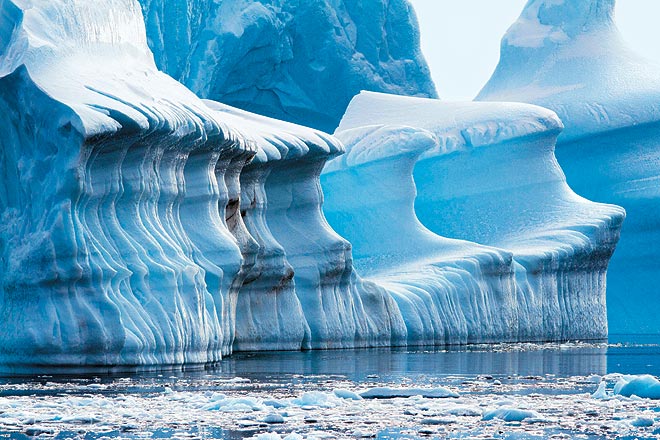
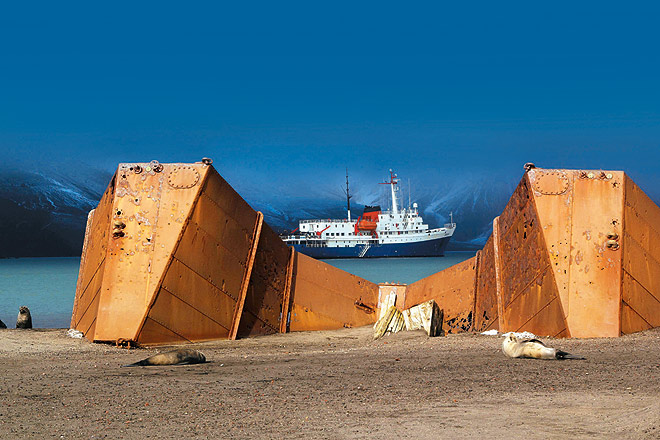
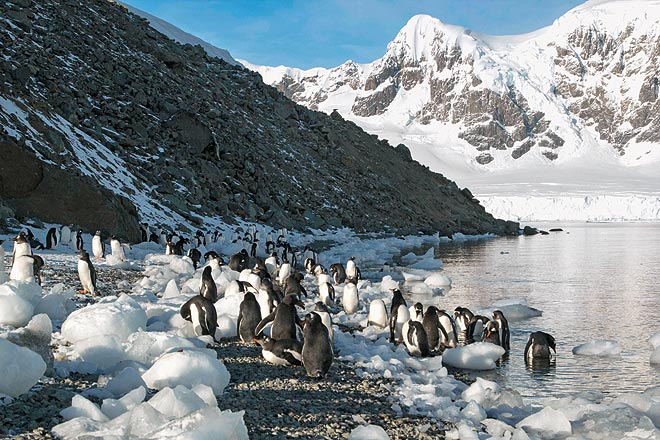
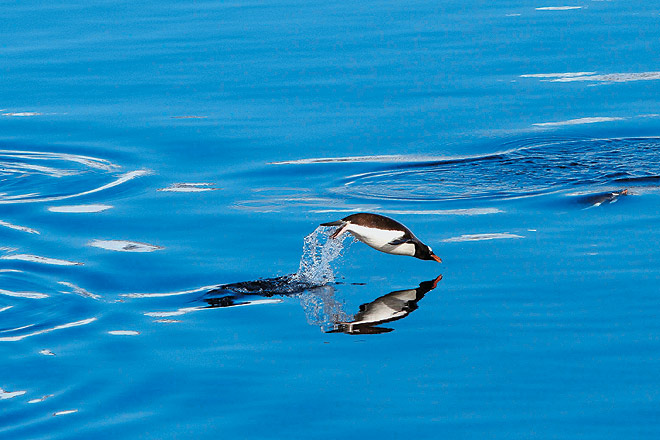
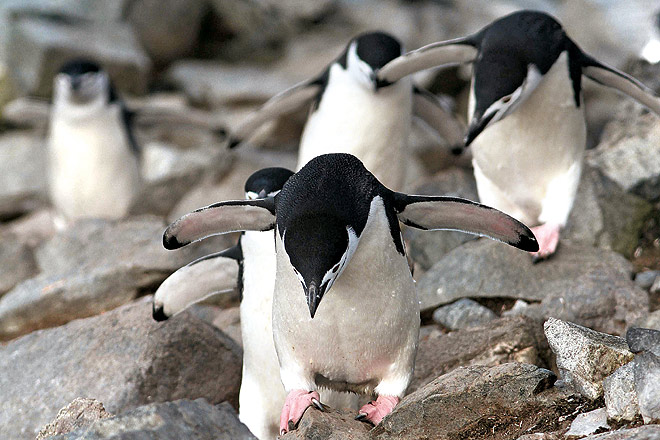
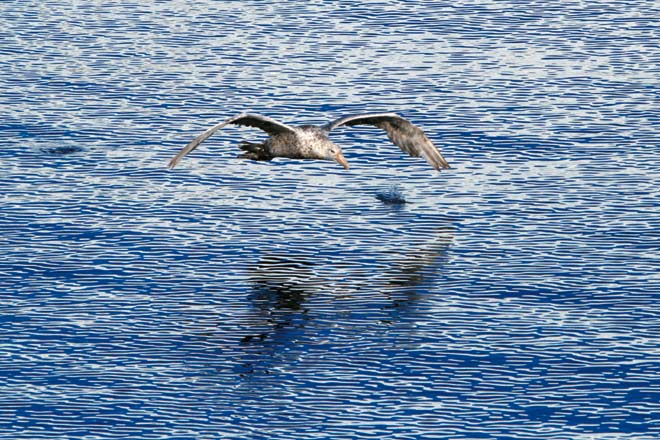

Antarctica photo essay
wildlife in Antarctica


